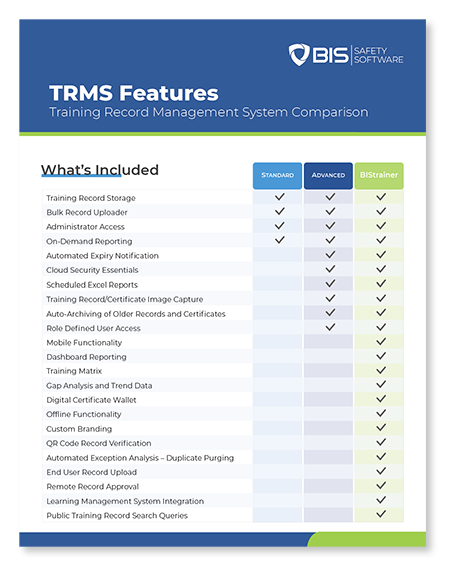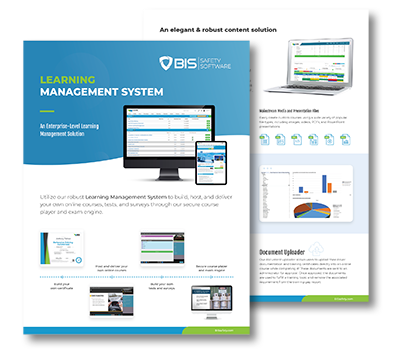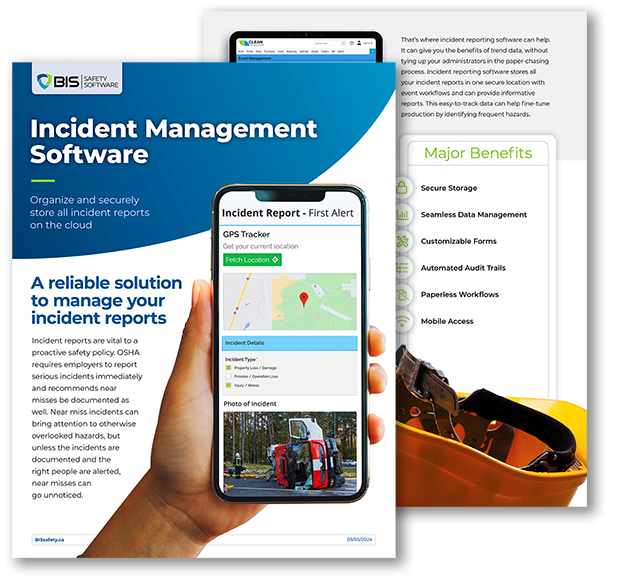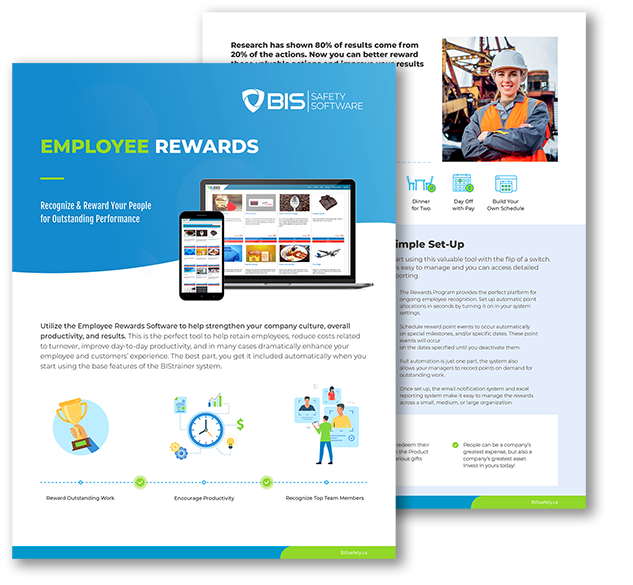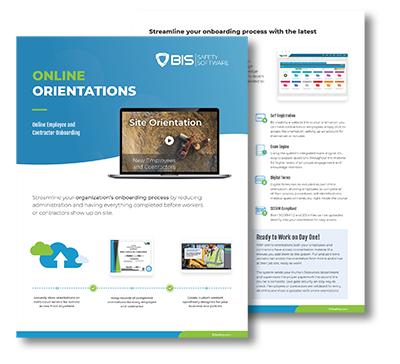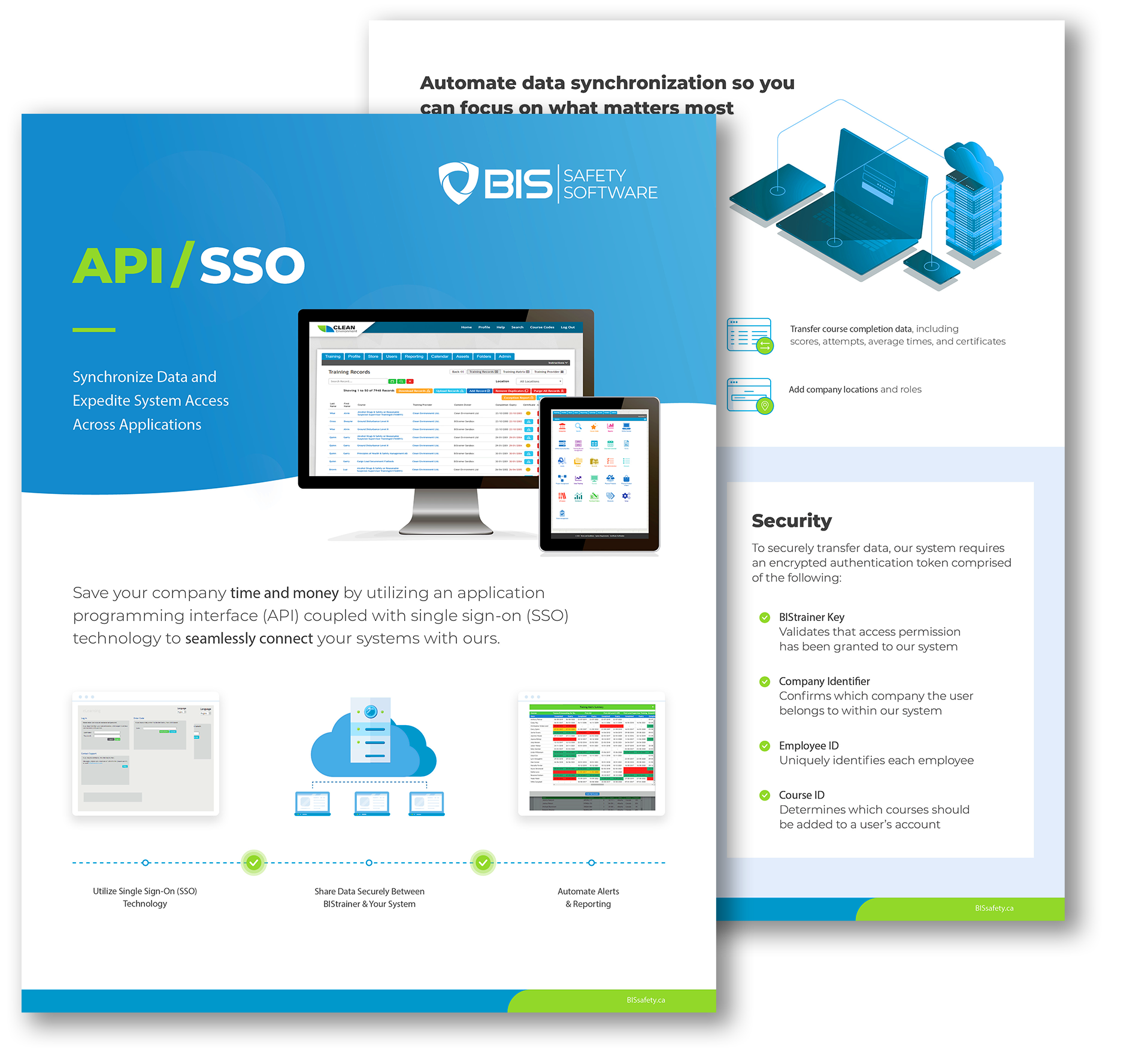Identifying safety risks is a fundamental step in cultivating a safety-focused culture, the assessment of TRIF is vital for fostering a safer work environment. A low (good) TRIF is a obvious representation of great safety measures, a bad can raise insurance levels and get denied contracts and business.
Explore this Article:
ü Total Recordable Injury Frequency Formula
ü Understanding Why We Track Total Recordable Injury Frequency
ü Common Total Recordable Injury Frequencies Per Industry
ü Considerations When Applying TRIF Calculations
Total Recordable Injury Frequency Formula
The Total Recordable Injury Frequency (TRIF) formula is a simple yet essential metric for measuring workplace safety. It is calculated using the following formula:
The Total Recordable Injury Frequency (TRIF) is calculated using a formula that standardizes the reporting of workplace injuries to compare safety performance across different environments and company sizes.
TRIF = (Number of injuries × 200,000) / Total hours worked
- Number of injuries: Includes all recordable work-related injuries and illnesses.
- 200,000: Represents the hours worked by 100 full-time employees, assuming a 40-hour week over 50 weeks.
- Total hours worked: The cumulative number of hours worked by all employees during the period being measured.
Example of a TRIF Formula
Here’s an example: For a company with 150 employees recording three injuries last year, the TRIF calculation would be:
(3 x 200,000) / (300,000) = 2
For quarterly calculations, the 200,000 figure is simply adjusted to 50,000, which corresponds to the hours worked by 100 employees in a quarter.

Understanding Why We Track Total Recordable Injury Frequencys:
The primary aim of TRIF is to gauge the effectiveness of a company’s safety measures over the past year and to benchmark against peers in the industry. A high TRIF indicates a need for safety improvements, whereas a low TRIF suggests effective past safety measures. This tracking is particularly critical in high-risk sectors like construction and agriculture.
Advantages and Limitations:
Advantages and limitations of using Total Recordable Injury Frequency (TRIF) metrics can significantly influence how organizations perceive and manage their safety performance:
Advantages:
- Standardized Measurement: TRIF provides a consistent metric that allows businesses across different industries to measure and compare safety performance. This standardization is crucial for benchmarking and understanding relative performance levels.
- Simplicity of Calculation: The formula for TRIF is straightforward, requiring only the number of reported injuries and the total hours worked. This simplicity facilitates easier understanding and implementation within any organization.
- Performance Benchmarking: TRIF enables companies to benchmark their safety records against industry averages or sector-specific standards, which can guide strategic improvements and safety investments.
Limitations:
- Disproportionate Impact on Small Businesses: For smaller companies, a single incident can drastically alter the TRIF, potentially giving a skewed perception of their safety environment. This can lead to unfairly high TRIF scores that might not accurately reflect the company’s overall safety culture.
- Oversimplification of Data: TRIF calculations do not account for the severity or specific nature of injuries, treating minor incidents and major accidents equally. This lack of granularity can obscure deeper safety issues and prevent targeted interventions.
- Potential for Data Manipulation: Some companies might inflate the ‘hours worked’ figure by including low-risk or temporary workers to artificially lower their TRIF. This manipulation undermines the metric’s reliability and can lead to misinformed safety assessments.
- Does Not Predict Future Safety Performance: Relying solely on historical TRIF data can be misleading for predicting future safety outcomes. Past low TRIF scores might encourage complacency, detracting from proactive safety measures and vigilance.
Common Total Recordable Injury Frequencies Per Industry:
While monitoring your company’s Total Recordable Injury Frequency (TRIF) can be valuable for assessing workplace safety, it’s essential to understand its limitations. The TRIF offers a snapshot of the frequency of workplace injuries but may not fully capture the complexity of safety in various industries. Consider some statistics from 2020 regarding sectors in the US with the highest TRIFs:
- Health care/social assistance: 5.5
- Agriculture, forestry, fishing, and hunting: 4.6
- Transportation and warehousing: 4.0
- Retail trade: 3.1
- Construction: 2.5
These figures might raise questions, such as why the construction industry—typically considered highly hazardous—has a lower TRIF than sectors like retail trade or agriculture. The answer lies in the nature of the TRIF calculation. The TRIF metric counts incidents without weighting the severity or potential fatality of injuries. Therefore, industries where fatalities are more common, like construction, may not appear as risky if fatalities are fewer but more severe compared to numerous minor injuries in other sectors.
Moreover, using TRIF to forecast future safety performance can be misleading. A low TRIF is encouraging, suggesting effective safety measures, but it should not lead to complacency. Safety practices must continually evolve and adapt, regardless of past TRIF scores, to mitigate risks and protect workers effectively.

Considerations When Applying TRIF Calculations:
When implementing and interpreting Total Recordable Injury Frequency (TRIF) as a metric for workplace safety, it’s crucial to consider several factors to ensure its effectiveness and reliability. Here are some key considerations:
1. Industry Variability:
- Different industries have varying levels of risk and types of injuries, which TRIF might not fully capture. It’s important to contextualize TRIF scores with industry-specific data to understand the true safety landscape.
2. Severity of Injuries:
- TRIF counts all recordable injuries equally, regardless of their severity. Consider complementing TRIF with other metrics that account for the severity and potential long-term impact of injuries, such as Lost Time Injury Frequency (LTIF) or Severity Rate.
3. Size of the Workforce:
- The size and composition of the workforce can significantly affect TRIF scores. Smaller companies might see more fluctuation in their TRIF due to fewer hours worked and less frequent but significant incidents.
4. Historical Comparison and Trends:
- While TRIF provides a snapshot of safety performance, it’s also useful to track TRIF over time to identify trends, improvements, or deteriorations in safety performance.
- Avoid relying solely on TRIF for predicting future performance. Safety conditions can rapidly change, and past scores may not always be indicative of future risks.
5. Data Integrity:
- Ensure accurate and honest reporting of all incidents and hours worked. Manipulation of data to achieve better TRIF scores can lead to misinformed decisions and potentially unsafe working conditions.
6. Use in Safety Culture:
- TRIF should be one of several tools used to promote a culture of safety. It’s a starting point for discussions and improvements, not an end goal.
- Engage employees in safety training and awareness programs that encourage reporting and proactive management of safety risks.
7. Regulatory and Compliance Aspects:
- Be aware of how TRIF and other safety metrics are viewed by regulatory bodies in your industry. Compliance with industry standards and regulations should always be a priority.









